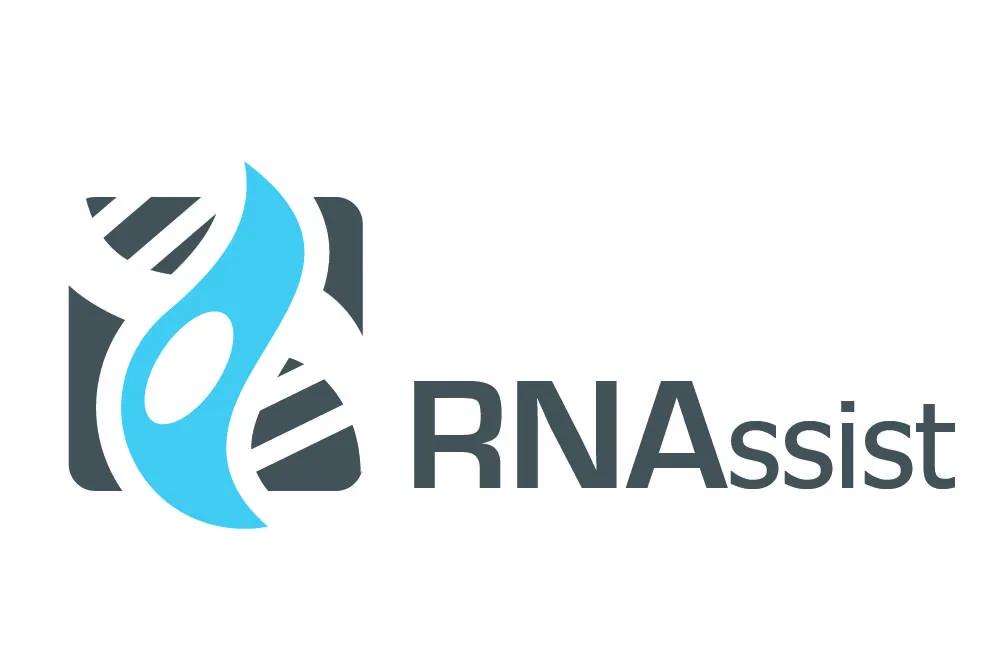Safe Handling
RNAssist’s reagents are not volatile, alcoholic, acidic, flammable, cross-linking, do not contain heavy metal salts, but can be safely used on the lab bench with no need for a fume-hood (unless heated). They have been used as a routine dissection medium in the field or on the lab bench, and lead to the immediate stabilisation of biomolecules and fixation of cells and tissues.
RNAssist’s products have been shown to have anti-viral, anti-bacterial and anti-fungal activity (contact us for a list of inactivated organisms) potentially reducing sample biohazards. In principle vivoPHIX can be used when liquid nitrogen is unavailable or forbidden such as in hospitals and air transport. It also overcomes issues of evaporating dry-ice during transport of precious samples, and because it is non cross-linking, samples can be left for extended periods of time in one tube without any concern for over-fixation.

Drosophila Dissection Case Study
A lab at the University of Oxford carried out larval dissection and GFP fluorescence imaging directly in vivoPHIX without the need for a chemical safety hood as is strictly required when using formaldehyde. Thanks to D. Xu.

3 Year Incubation Of Tissue Culture Cells At 37°C
Adherent tissue culture cells were covered in vivoPHIX and stored in an incubator at 37°C, unlike with RNAlater, it did not evaporate or crystallise allowing the observation of intact cells after 3 years.
Join the RNAssist Community - with 300+ evaluators worldwide
vivoPHIX™, genoPHIX™, virusPHIX™ and virusPHIX-P9™ are patented next generation cell and tissue fixatives, biomolecule stabilisers with powerful virus and bacterial inactivation properties.
Our reagents are universally compatible with all sample types including viruses, bacteria, fungi, parasites, plants and animal cells and tissues. Both liquid and solid samples are rapidly and completely rendered fixed, stabilised and inactivated.

RNAssist technology supports a wide range of life science applications, including tissue fixation and dissociation, single-cell multiomics (scRNA-seq, CITE-seq), and virus inactivation and transport for enhanced diagnostic testing.
Follow us on LinkedIn
© RNAssist | www.RNAssist.com
